DiverIMPACTS partner ORC conducted a value chain analysis based on six DiverIMPACTS case studies that aim to promote crop diversification by incorporating ancient pulses, grains, fruits and vegetables. Three of these are highlighted here:
- Case study 06 in Switzerland: Developing organic oilseed production with oilseed rape and hemp
- Case study 24 in the UK: Crop diversification in protected vegetable systems
- Case study 15 in the UK: Growing pulses and innovative crops for a less resource-intensive diet
The objective of the analysis is to look at the relationships in the different value chains (e.g., collaboration and learning between different actors) to enable crop diversification. Based on the results, the value chains were divided into three categories:
- Set-up value chain: actors, their activities, as well as their relationships are yet to be fully organised; these value chains support the introduction of new crops;
- Enhancing value chain: actors and their activities have established relationships and collaborations, enabling higher diversity in cropping systems;
- Further developing value chain: complex food networks where multiple actors collaborate, have clear activities to conduct, co-create knowledge and involve the collaboration and participation of members of communities.
The results suggest that crop diversification has a number of impacts within value chains, in particular on relationships and collaborations that enable crop diversification. These can be distinguished between the three different types of value chains. Case study 6 is an example of a “set up value chains” (see Figure 1), where farmers are supported to integrate a single new crop to diversify the rotation. This relies on establishing new links for flows of materials. The first interactions need to be established among actors: farmers, input suppliers, researchers, processors and distributors had no previous experience working together nor any precedent of a systematic organisation to design, process and market any agricultural product. In this typology, farmers lack the appropriate varieties, expertise and experience in managing the crop, which leads to risk of crop failure and performance unreliability.
Case study 24 is an example of “enhancing value chains” (see Figure 2): it is characterised by actors that have already been working together on diversified cropping systems. Actors already collaborate with one another, from diversified crop production to the final consumer. The focus of these value chains is to search for opportunities to increase the number of crops with more complex interactions.
Finally, case study 15 is an example of “further developing value chains” (see Figure 3): actors are already connected and collaborate with one another in a non-hierarchical network; thus, these networks place the farmer at the centre. The crops, farmers, retailers, caterers, advisors, researchers and home cooks are part of a non-linear, non-hierarchical network of supply. Supporting farmers from seed to fork – including access to seed, trialling new crops, processing and telling the story of the crops and the farms along the way. Engaging artists, activists, cooks and journalists to incorporate more attributes to the products, for example, in the form of stories of the region where crops are grown, ways of cooking the product, and artistic narratives and illustrations that are wrapped around the products. In addition, these collaborations with communities, local and/or national, help to increase awareness among consumers and increase the customer base.
Overall, the case studies that are enabling diversification are shifting from linear supply chains to collaborative networks that can deliver diversification in the agricultural landscape and product supply and can foster relationships within the value chain and with the local communities.
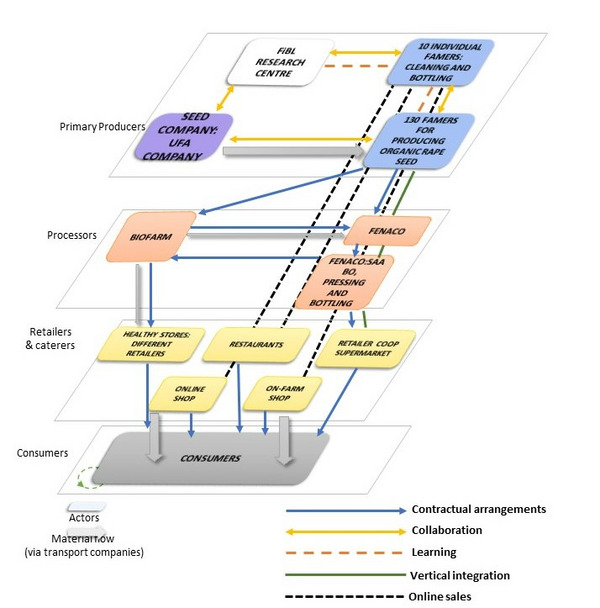
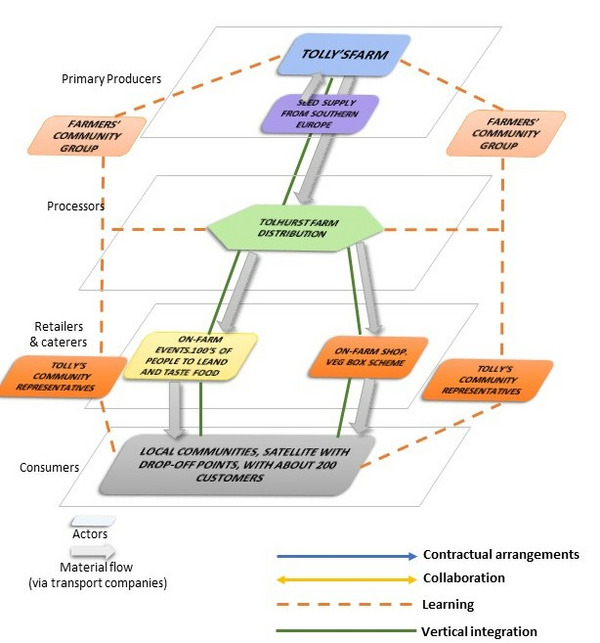
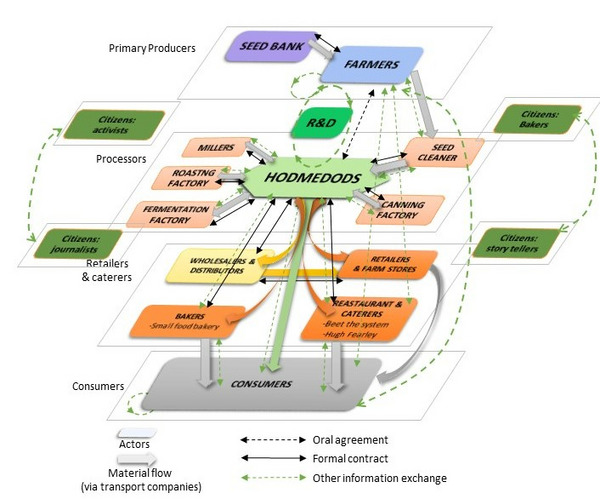
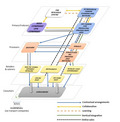
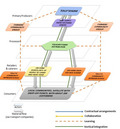
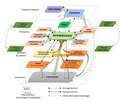
 toccare e scorrere fino al comando Aggiungi alla schermata iniziale.
toccare e scorrere fino al comando Aggiungi alla schermata iniziale.